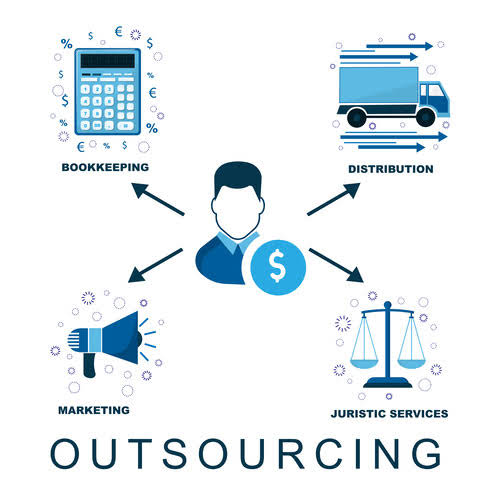
This can be done using either a “first-in, first-out” (FIFO) or “last-in, first-out” (LIFO) method. Direct labor refers to employees involved in the actual production of a product. This would include assembly line workers who put together the final product and machine operators who run equipment that creates components of the final product. Indirect labor refers to workers who do not work directly on the production of the final product. These expenditures cannot be allocated to a particular job, process, or item of production.

ProjectManager has the tools you need to keep monitor and control all your costs, including your manufacturing overhead. For instance, Ford Motor Company has reduced the price of F-150 Lightning, its electric car, by $10,000. The company has been able manufacturing overhead costs include to do so by consistently working on improving the efficiency of production and lowering manufacturing costs. For that purpose, the company used sensors to collect and analyze the cost of materials in real time to see how to optimize the costs.
How Do You Calculate Allocated Manufacturing Overhead?
The materials that are yet to be assembled /processed and sold are considered work-in-process or work-in-progress (WIP) inventory. For instance, if the manufacturing costs are too high, these costs can create a dent in the company’s profit. In this case, the management can decide to stop the production of some goods and invest in developing new ones that have a lower cost of production. By calculating manufacturing costs, manufacturers can better understand the elements that are driving up costs while identifying the most economical way to manufacture a product. Fluctuation of costs is yet another challenge that makes it harder to calculate manufacturing costs accurately, according to Fabrizi. While this is a simplified view of direct labor calculation, accountants also include the benefits, overtime pay, training costs, and payroll taxes when calculating the hourly rate.

Now, add the value of existing inventory to the cost of purchasing new inventory to calculate the cost of direct materials. According to a study conducted by McKinsey, these indirect costs account for 8% to 12% of the overall manufacturing costs. Many larger companies offer a range of benefits to their employees such as keeping their offices stocked with coffee and snacks, providing gym discounts, hosting company retreats, and company cars. All of these expenses are considered overhead as they have no direct impact on the business’s goods or services. Keep in mind that you don’t have to calculate the manufacturing overhead for a single unit to keep accurate books.
Examples of Factory Overheads
Tracking the number of hours each employee works on the production line can be tricky. This is where a manufacturing time tracking app, such as Clockify, comes in handy. After manufacturing product X, let’s say the company’s ending inventory (inventory left over) is $500.
The method of cost allocation is up to the individual company – common allocation methods are based on the labor content of a product or the square footage used by production equipment. Whatever allocation method used should be employed on a consistent basis from period to period. The first thing you have to do is identify the manufacturing overhead costs.
What is manufacturing cost vs. non-manufacturing cost?
This includes the costs of indirect materials, indirect labor, machine repairs, depreciation, factory supplies, insurance, electricity and more. The reason why manufacturing overhead is referred to by indirect costs is that it’s hard to trace them to the product. A final product’s cost is based on a pre-determined overhead absorption rate. That overhead absorption rate is the manufacturing overhead costs per unit, called the cost driver, which is labor costs, labor hours and machine hours. In contrast, direct labor and manufacturing overhead costs are assigned to products to analyze actual labor hours and machine time used.
- To see our product designed specifically for your country, please visit the United States site.
- Manufacturing overhead includes utilities, depreciation, employee benefits, and insurance.
- The total manufacturing overhead of $50,000 divided by 10,000 units produced is $5.
- You need gas and electricity to run the factory manufacturing your products.
- Both COGS and the inventory value must be reported on the income statement and the balance sheet.
- Utilities such as natural gas, electricity, and water are overhead costs that fluctuate with the quantity of materials being produced.
This will help show the allocation of your expenses to different areas of the business and determine what applies to indirect manufacturing costs, which will help your balance sheet add up correctly. Once you’ve estimated the manufacturing overhead costs for a month, you need to determine the manufacturing overhead rate. For example, if you have a monthly depreciation expense of $1,600, and $1,000 of that is for manufacturing equipment, only include the $1,000 in your monthly manufacturing overhead costs.
No Comments
Be the first to start a conversation